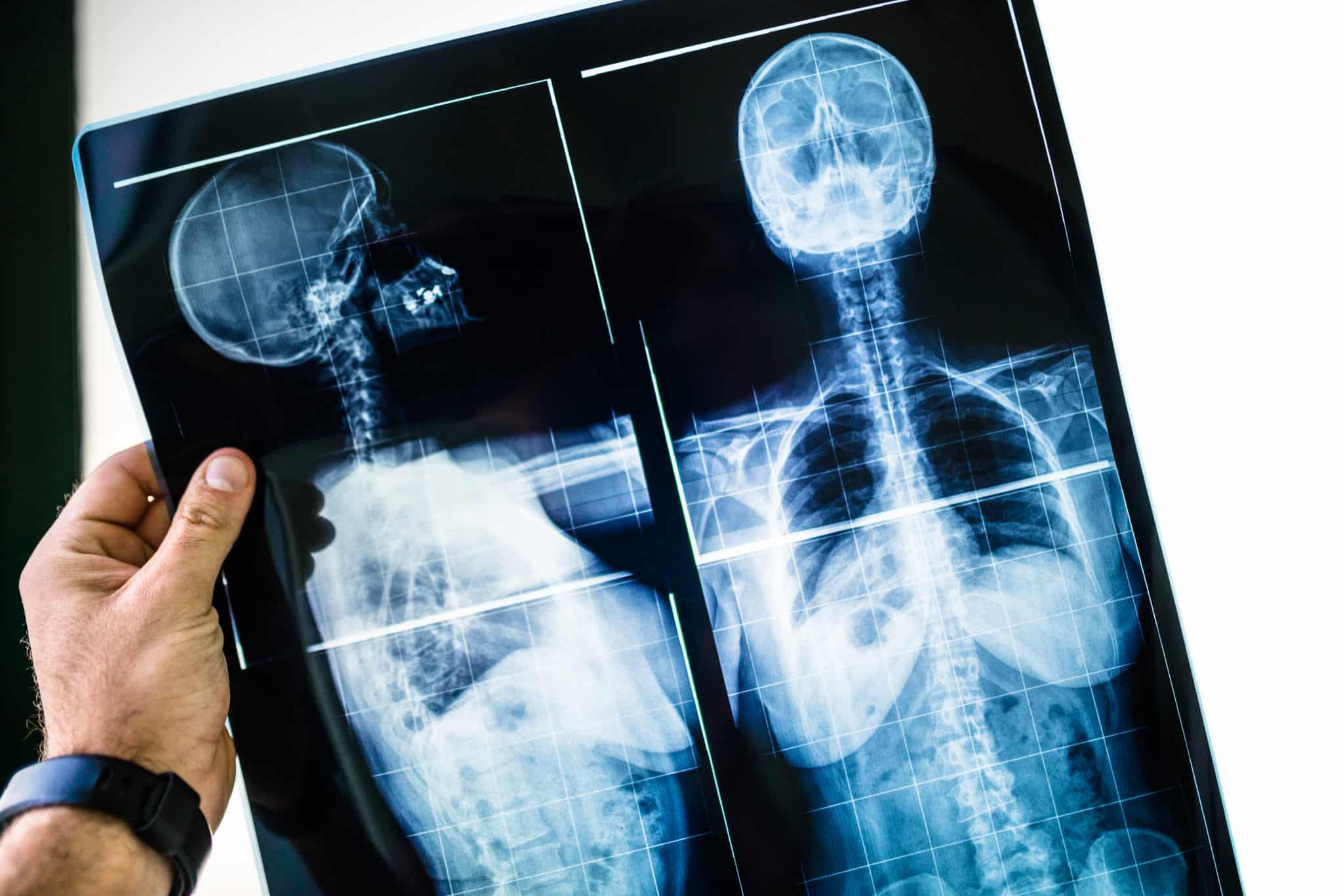
One of the hockey players that was left paralyzed from the chest down after last year’s tragic Humboldt Broncos bus crash recently underwent an experimental spinal surgery that has already helped restore some of his ability to move his legs.[1]
Ryan Straschnitzki underwent surgery in Thailand to have a device called an epidural stimulator implanted in his spine. The implantation of an epidural stimulator is meant to restore some voluntarily movement and control over certain bodily functions (such as bladder and bowel function).
The spinal cord is the central link between the brain and the rest of your body. Nerves branch out from your spinal cord and carry signals from other areas of our body, up the spinal cord and to the brain where that information is processed. A signal is then sent from the brain, back down the spinal cord, to initiate a reaction.
When the spinal cord becomes severed as the result of something like a motor vehicle accident, the link between the brain and the nerves below the area of the spinal injury is broken. Therefore, all sensation and movement is lost from the location of the injury and below. This is why paralysis is more severe the higher on the spinal cord the injury occurs.
During this new surgery, the device is implanted on the spine. More specifically, your spinal cord is covered by three membranes, the outermost of which is called the dura mater. The dura mater contains two layers that has a space between them called the epidural space. This is where the device is implanted (hence the name, epidural stimulator).
While the specific mechanics of how the epidural stimulator works are not exactly known, there are a couple of theories. [2]
The first theory is that despite the severing of the spinal cord, there are a few (though clinically undetectable) connections that still exist. These connections, by themselves, are too few and far between to allow for any voluntary movement; however, the epidural stimulator amplifies these connections, allowing for greater function.
The second theory is that the epidural stimulator might promote the growth of new connections that were previously severed, thus allowing new paths for signals to travel from the nerves in your spinal cord to your brain.
It is important to note that the epidural stimulator does not work by itself. Intensive physical therapy is required for the device to yield improvements.
While very early in its clinical development, this therapy has real potential for treatment of paralysis caused by spinal injuries. While it doesn’t appear the device will return people to their full pre-injury functioning, the ability to regain some movement and greater control of bodily functions greatly increases one’s quality of life.
If you or a loved one have suffered a spinal injury or have any questions about this article, please contact Daniel Fisher, personal injury lawyer, by phone at 416644-2080 or email at dfisher@hshlawyers.com.
[1] Dunham, Jackie, Back in Action: Paralyzed Humboldt Broncos Hockey Player Moves Legs After Surgery, https://www.ctvnews.ca/canada/back-in-action-paralyzed-humboldt-broncos-hockey-player-moves-leg-after-surgery-1.4676391
[2] Smith, Andrew et al. Spinal Cord Epidural Stimulation for Voluntary Movement after Spinal Cord Injury: Current State of the Research, Academy of Neurologic Physical Therapy, August 1, 2019.






